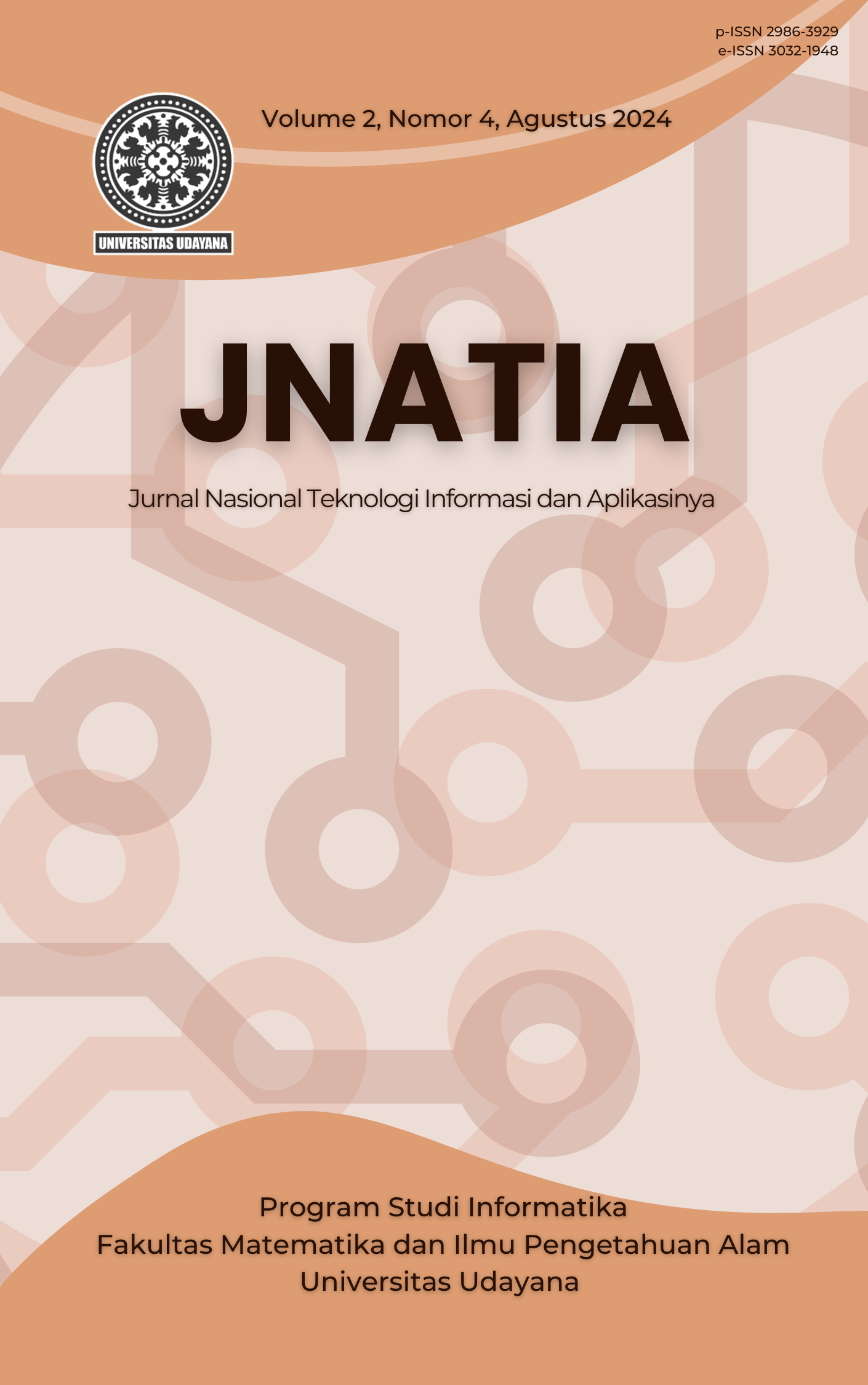Perancangan Sistem Steganografi Berbasis Transformasi Wavelet Diskrit Terintegrasi Algoritma Rijndael dan QR-Code
Abstract
The advancement of technology has been the primary driving force behind the transformative shifts across various domains of human life, spanning from the era of industrial revolution to the present digital age. Within the digital epoch, the pivotal role of information and communication technology in shaping the global societal framework is unequivocal. Nonetheless, the rapid progression of technology introduces novel challenges such as safeguarding personal data integrity and combating unauthorized access to individual information. Addressing these challenges entails the adoption of sophisticated techniques, including compression methodologies like Discrete Wavelet Transform (DWT), renowned for its efficacy in multimedia data compression with high rates. Furthermore, cryptographic algorithms such as Rijndael offer viable solutions to enhance data security through a series of encryption operations, encompassing substitution, permutation, and iterative rounds applied to each block. The amalgamation of DWT and Rijndael culminates in data representation via QR codes. Additionally, this research encompasses the development of a user interface design to facilitate the seamless implementation and utilization of the system, ultimately aiming to fortify data security effectively.




